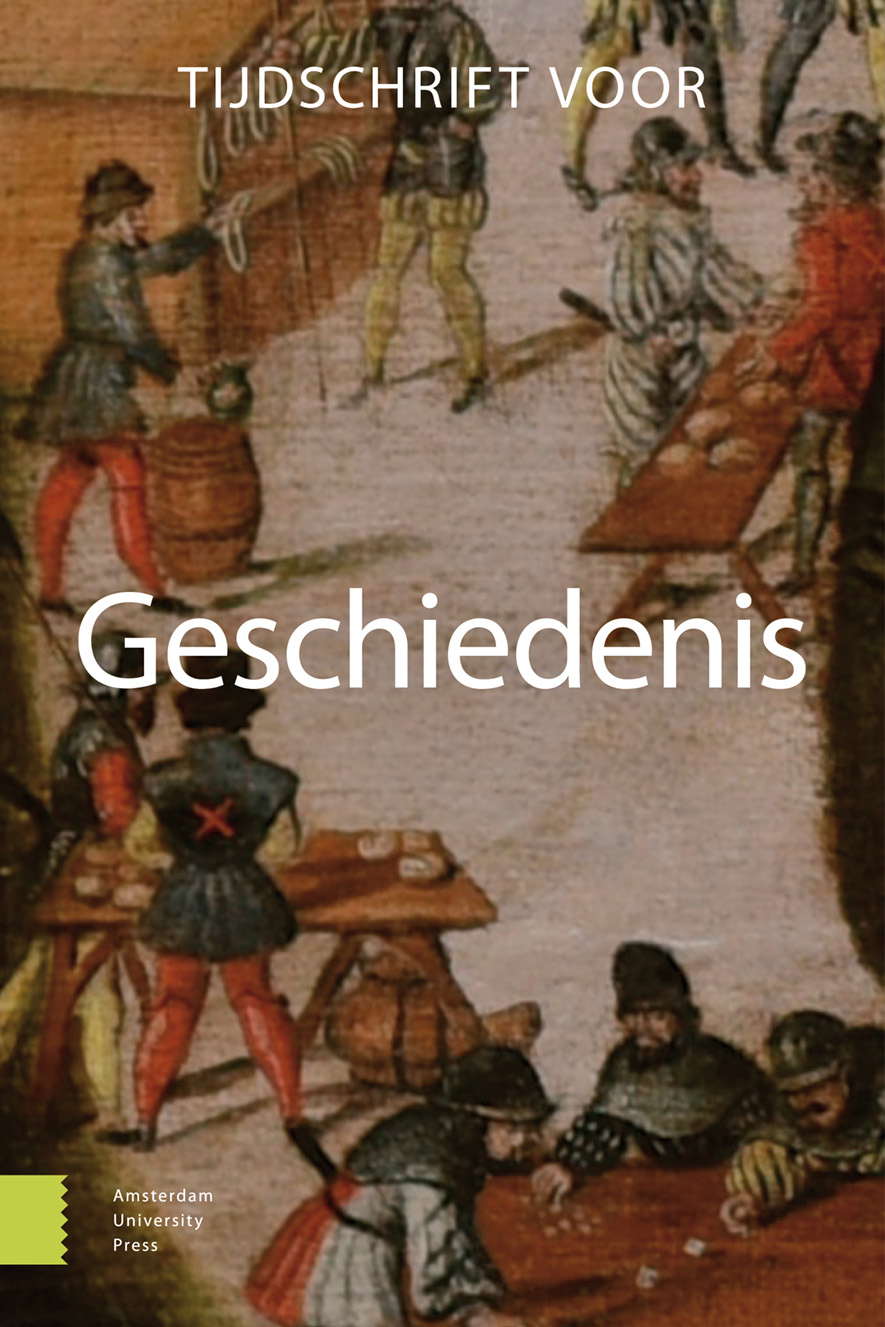-
oa De komst van de chamchas: staatsvorming en etnisch geweld in Gujarat, India
- Amsterdam University Press
- Source: Tijdschrift voor Geschiedenis, Volume 124, Issue 4, Dec 2011, p. 464 - 479
Abstract
India’s Hindu-Muslim violence is rarely spontaneous, as this violence is usually fomented by politicians who aim to reap electoral benefits from the ensuing polarisation. This article aims to explain the capacity of politicians to instigate violence, by relating Gujarat’s 2002 violence to the way Gujarat’s state has developed over the last 200 years. As new state institutions developed their capacity to deliver various public services, older public institutions like the guilds (the mahajans) and the neighbourhood committees (the pol panch) gradually lost their functions and authority. As local communities became more integrated in a broader public sphere, they gradually became politicised, since they became more dependent on political patronage channels to gain access to the budding state. This dependency facilitated violence: the need for political intermediaries generated incentives for local inhabitants to contribute to the violence, while it gave politicians the necessary local authority and local contacts to foment violence. This makes Hindu-Muslim violence a modern phenomenon: the preconditions for violence discussed in this article – democratic political competition, the dependence of citizens on political mediation, and the politicization of neighbourhood life – are all by-products of the development of modern state institutions.


